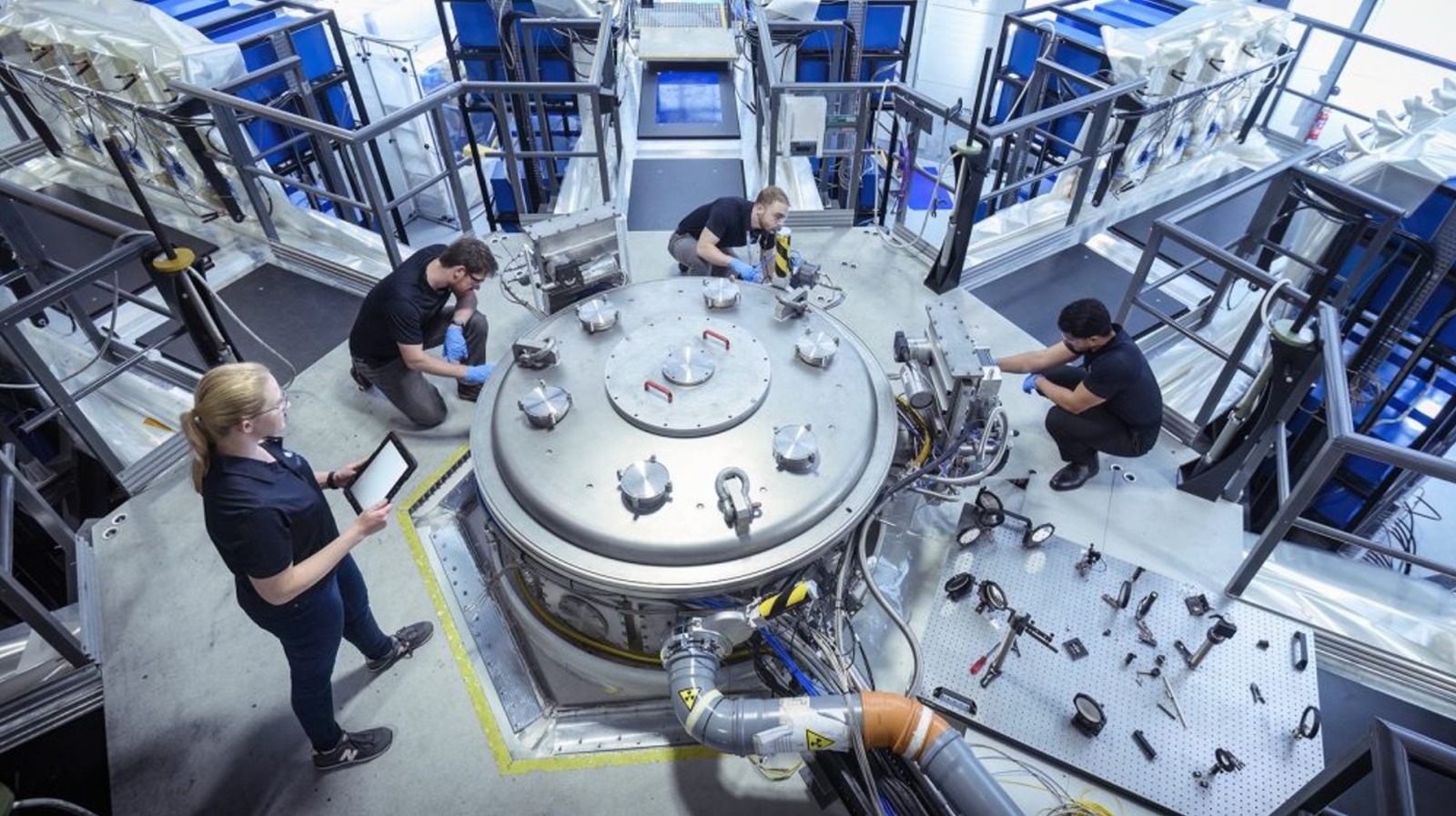Science
UK Breakthrough in Fusion Power Promises Near-Limitless Energy

A significant advancement in fusion power has emerged from the United Kingdom, as First Light Fusion (FLF) successfully developed a method for achieving “high gain” inertial fusion. This breakthrough could pave the way for the world’s first commercially viable fusion reactor, a step that may ultimately allow for the generation of near-limitless energy.
Fusion power relies on the process of nuclear fusion, where two light atomic nuclei combine to form a heavier nucleus, releasing substantial energy in the process. If harnessed effectively, this energy could eliminate reliance on fossil fuels, significantly decreasing greenhouse gas emissions. Despite ongoing research, no fully operational fusion reactor has yet been realized.
The recent progress made by FLF represents a pivotal moment in fusion research. The company’s new process, dubbed FLARE (Fusion via Low-power Assembly and Rapid Excitation), has the potential to achieve a gain factor of 1,000. In contrast, the highest gain previously recorded was four, accomplished by the U.S. Department of Energy’s National Ignition Facility in May 2025.
FLARE innovatively separates the compression and heating stages of the fusion process. During compression, a substantial surplus of energy is generated through a technique known as “fast ignition.” By achieving practical application of this technology for the first time, FLF is moving closer to realizing sustainable fusion energy.
According to FLF’s recent white paper, a single kilogram of fusion fuel has the energy potential equivalent to that of 10 million kilograms of coal. For context, ignition occurs when a small fuel source reaches temperatures of approximately 100 million kelvin (around 180 million degrees Fahrenheit), enabling a self-sustaining reaction. While producing such extreme heat demands significant initial energy, the prospect of self-sustaining fusion offers the promise of unparalleled energy generation.
If FLARE operates as theorized, it could facilitate the establishment of multiple fusion reactors, providing sufficient energy to power the planet. This transformative technology may not be a distant aspiration; rather, it could soon become a reality, driven by numerous advancements in the field of fusion research.
While this breakthrough is monumental, it is important to recognize that it represents just one milestone on the lengthy journey toward creating functional fusion power plants. The path ahead will require continued innovation and investment to overcome the technical challenges that remain.
As the world grapples with the pressing need for sustainable energy solutions, advancements in fusion technology like FLARE could play a crucial role in reshaping the energy landscape, offering a cleaner, more efficient alternative to existing power sources. The potential for fusion power to revolutionize energy generation underscores the importance of ongoing research and development in this field.
-

 Politics2 weeks ago
Politics2 weeks agoAfghan Refugee Detained by ICE After Asylum Hearing in New York
-

 Business2 weeks ago
Business2 weeks agoIconic Sand Dollar Social Club Listed for $3 Million in Folly Beach
-

 Health2 weeks ago
Health2 weeks agoPeptilogics Secures $78 Million to Combat Prosthetic Joint Infections
-

 Science2 weeks ago
Science2 weeks agoResearchers Achieve Fastest Genome Sequencing in Under Four Hours
-

 Health2 weeks ago
Health2 weeks agoResearcher Uncovers Zika Virus Pathway to Placenta Using Nanotubes
-

 Science2 weeks ago
Science2 weeks agoInterstellar Object 3I/ATLAS Emits Unique Metal Alloy, Says Scientist
-

 Lifestyle2 weeks ago
Lifestyle2 weeks agoJump for Good: San Clemente Pier Fundraiser Allows Legal Leaps
-

 Top Stories2 weeks ago
Top Stories2 weeks agoChicago Symphony Orchestra Dazzles with Berlioz Under Mäkelä
-

 World2 weeks ago
World2 weeks agoUS Passport Ranks Drop Out of Top 10 for First Time Ever
-

 Business2 weeks ago
Business2 weeks agoSan Jose High-Rise Faces Foreclosure Over $182.5 Million Loan
-

 World2 weeks ago
World2 weeks agoRegional Pilots’ Salaries Surge to Six Figures in 2025
-

 Entertainment2 weeks ago
Entertainment2 weeks agoJennifer Lopez Addresses A-Rod Split in Candid Interview









